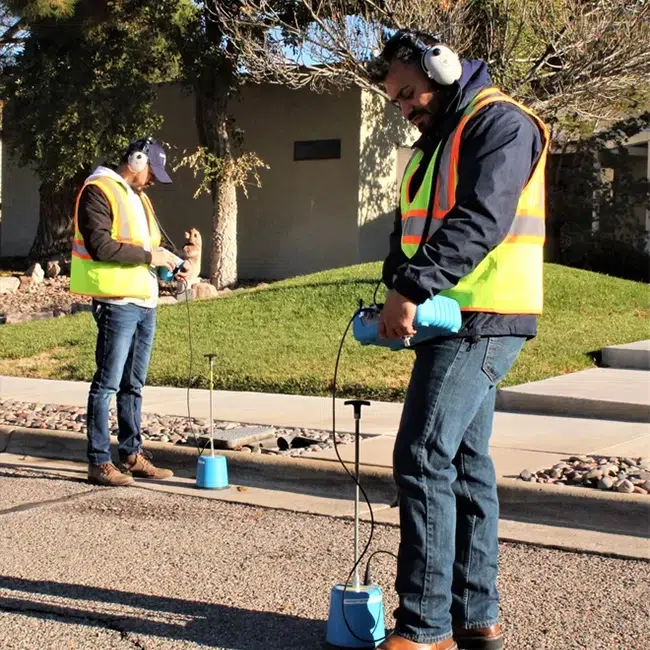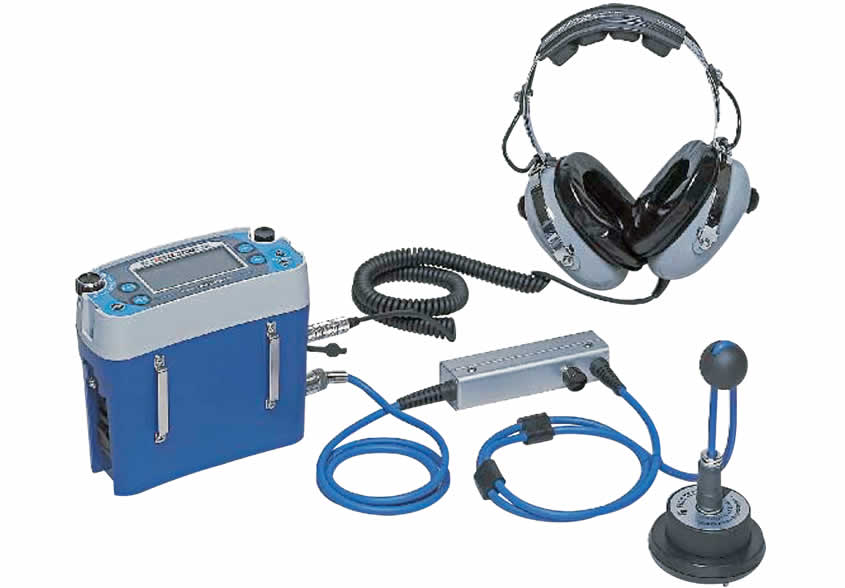Leading Water Leak Detection Methods to Shield Your Property from Water Damages
Leading Water Leak Detection Methods to Shield Your Property from Water Damages
Blog Article
Cutting-edge Solutions for Very Early Detection of Water Leaks in Buildings and Framework
As the stability of buildings and infrastructure is critical, the obstacle of very early detection of water leakages has actually spurred cutting-edge remedies that promise to revolutionize the way we guard against prospective damages. From innovative leak detection innovations to the release of IoT sensing units for real-time tracking, the landscape of leakage prevention is progressing quickly. Artificial intelligence formulas supply a glimpse into the future of leakage prediction, while thermal imaging offers a non-intrusive technique for determining hidden leaks. Automated water flow analysis systems are improving how leakages are determined and resolved, paving the way for a proactive strategy to water leakage detection. Each of these remedies holds the vital to making sure the reliability and long life of our constructed setting, motivating a shift towards a more lasting and efficient future.
Advanced Leak Detection Technologies
Advanced leak detection innovations, geared up with innovative sensing units and algorithms, play an important role in quickly recognizing and determining water leaks in different setups. These modern technologies utilize a mix of acoustic, thermal, and electro-magnetic picking up techniques to discover leaks precisely. Acoustic sensing units find the noise of leaving water, permitting accurate localization of the leak resource. Thermal imaging discovers temperature adjustments brought on by water leak, supplying another effective approach for leakage recognition. Electro-magnetic sensing units can determine adjustments in magnetic fields triggered by water, supplying yet an additional layer of leakage discovery ability.

IoT Sensors for Real-Time Surveillance
In the realm of modern-day water leak discovery, the assimilation of IoT sensing units for real-time monitoring represents an essential advancement in boosting proactive leak discovery capacities. These sensing units use continuous tracking of water supply, giving real-time information on water circulation prices, pressure variations, and temperature level modifications. By leveraging IoT modern technology, these sensors can discover also the smallest anomalies in water use patterns, allowing early recognition of potential leaks before they intensify into major problems.
IoT sensors send information to a centralized platform, where sophisticated formulas analyze the information and generate notifies or notices when abnormalities are identified. This real-time surveillance ability enables residential property owners or facility managers to without delay deal with leaks, reducing water damages, reducing repair work expenses, and conserving water sources.
Additionally, IoT sensing units can be incorporated with structure monitoring systems, permitting automated reactions to discovered leaks, such as shutting off water shutoffs or triggering pumps to alleviate the influence of leaks. On the whole, the application of IoT sensing units for real-time monitoring significantly improves the effectiveness and effectiveness of water leak discovery in buildings and facilities.
Artificial Intelligence Algorithms for Leak Prediction

One secret benefit of using artificial intelligence for leakage prediction is its capability to constantly find out and boost its accuracy with time. As more data is accumulated and fed right into the formula, it can fine-tune its forecasts and adjust to changing conditions, ultimately boosting the reliability of leak discovery systems.
In addition, equipment understanding algorithms can assist in recognizing refined indications of leaks that might go undetected by traditional tracking approaches. water leak detection. By assessing complex information sets in real-time, these formulas can provide very early cautions and notifies, enabling for timely treatment and precautionary maintenance to minimize potential water damages and linked prices
Using Thermal Imaging for Leakage Discovery
Thermal imaging modern technology uses an encouraging strategy for finding water leakages in click over here now different systems and frameworks. By making use of infrared radiation and temperature level variances, thermal imaging cams can recognize hidden leakages that are not conveniently noticeable to the nude eye.
One of the key benefits of thermal imaging for leak discovery is its non-intrusive nature. Unlike conventional techniques that might require getting into wall surfaces or floors to situate leaks, thermal imaging permits helpful site non-destructive testing. This not only saves time and reduces expenses but likewise reduces disruption to the structure or infrastructure being assessed. Additionally, thermal imaging can swiftly scan large areas, providing a thorough introduction of possible leak sources in a timely manner. Overall, using thermal imaging innovation improves the efficiency and precision of water leak detection, making it an important tool for keeping the honesty of structures and infrastructures.
Automated Water Flow Analysis Solutions
Exactly how can automated water flow analysis systems revolutionize the detection and management of leakages in different systems and infrastructures? Automated water circulation analysis systems supply a positive method to leakage detection by continually monitoring water flow prices and patterns. By establishing baseline information, these systems can swiftly identify deviations that may suggest a leakage, enabling timely intervention to avoid substantial damages.
These systems make use of advanced formulas to analyze real-time information and supply immediate informs when anomalies are spotted, permitting swift activity to be taken. Additionally, automatic water circulation analysis systems can be incorporated with building management systems or IoT platforms, boosting general efficiency and enabling remote tracking capacities.
Moreover, the data gathered by these systems can be made anonymous use of for anticipating maintenance functions, helping to identify possible weak points in the infrastructure prior to leakages occur. On the whole, the implementation of automatic water flow evaluation systems can dramatically enhance leak detection and administration techniques, eventually bring about set you back savings, lowered water wastage, and boosted sustainability in buildings and infrastructure.

Conclusion
In verdict, the integration of innovative leak discovery technologies, IoT sensing units, artificial intelligence formulas, thermal imaging, and computerized water circulation analysis systems uses ingenious remedies for very early detection of water leaks in structures and facilities. These technologies enable real-time monitoring, forecast of leakages, and reliable detection techniques to avoid water damages and waste. Implementing these solutions can help in keeping the integrity and sustainability of water systems in different settings.
Report this page